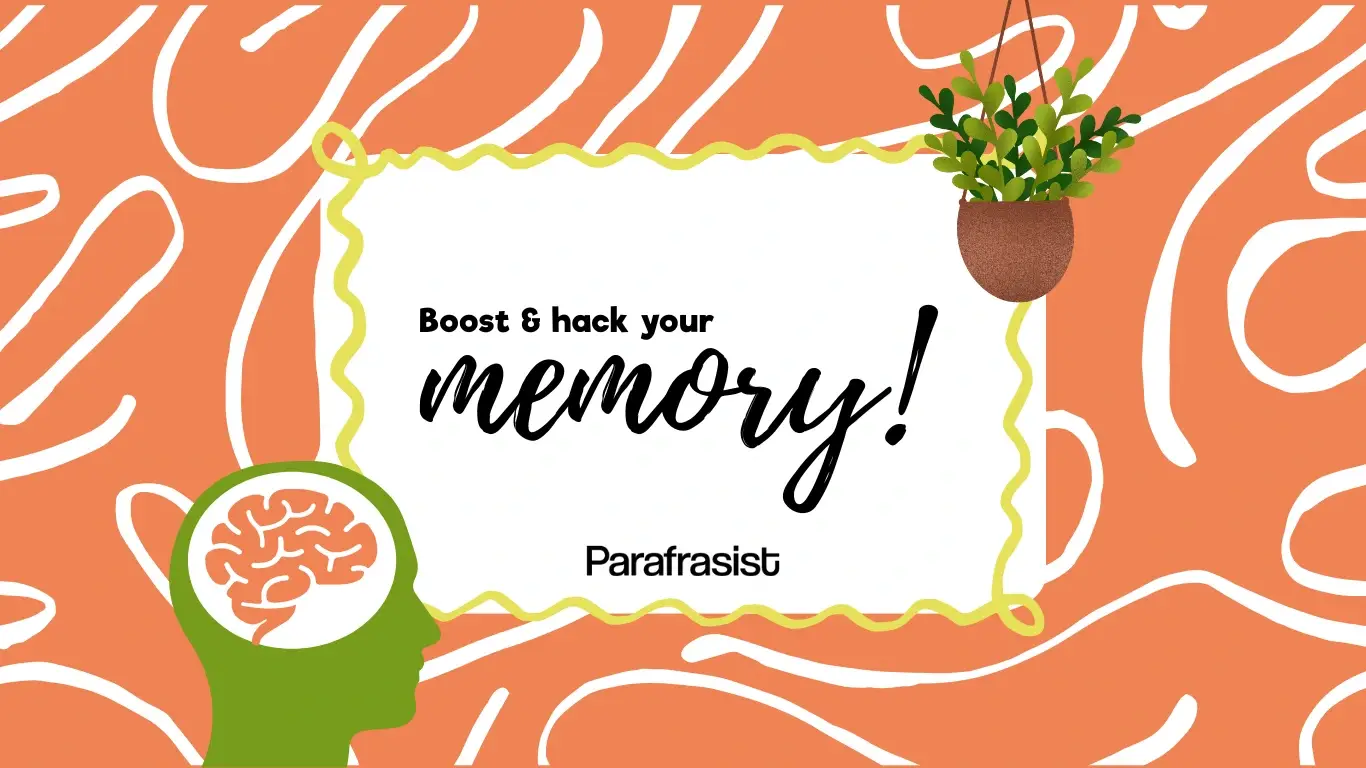Memory: What is it, what are its types and how to improve it?
Adriana
August 26, 2024

Memory is a cognitive function that allows us to store, process, and retain information. It is crucial for human development and learning, meaning that retaining information also involves having knowledge of past decisions and experiences that have impacted some area of our life, such as passing an exam, learning to speak, or even riding a bicycle. In this article, we will explore the types of memory according to Richard Atkinson's theory and how we can improve it.
Short-Term Memory
Also known as working memory, short-term memory is where information is stored for a brief period of between 15 and 30 seconds. It is used for immediate tasks like remembering a phone number temporarily. It's important to note that short-term memory has a limited capacity. Did you know that the number 7±2, known as the "magic number," is the number of items this memory can handle? In school learning, it's important to exercise the efficiency of short-term memory through practices such as repetition and organizing information into small chunks.
Long-Term Memory
Long-term memory functions as the storage where information is kept for extended periods, from days to decades. It has basically unlimited capacity and includes categories like declarative memory (facts and events) and procedural memory (skills and procedures). During school years, it allows us to retain knowledge acquired over years of study, such as learning a new language or basic math skills. Techniques like spaced repetition help transfer information from short-term memory to long-term memory. Here, sleep and rest play a fundamental role in the constant improvement of memory.
Sensory Memory
Sensory memory is the ability to retain information perceived through any of our senses, though only for a very short time. It acts by filtering information to decide what moves on to the next level of processing. There are several types of sensory memory, such as iconic (visual) and echoic (auditory). This memory is essential for perceiving the world in a continuous manner. It allows us to briefly and efficiently explore what we perceive at first glance, such as watching a movie or viewing a presentation in class.
Understanding the types of memory and their functioning is essential for improving our learning and information retention skills. Each type of memory plays an important role in our learning process both inside and outside the classroom. An effective and fun way to strengthen memory is by using tools like Parafraquiz from Parafrasist. Here, you can create quizzes on your topics or exam texts and practice them in real time so you can review and verify your answers or practice again if necessary. You can choose the language, number and type of responses, as well as the difficulty level.
Such practices, along with a study routine adapted to your needs, will help you enhance your retention skills, constantly improving your memory and helping you achieve the best possible grades.